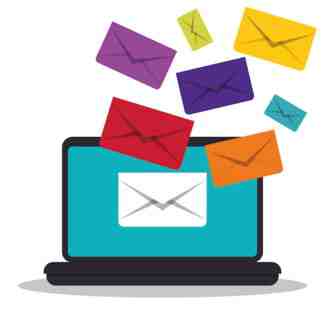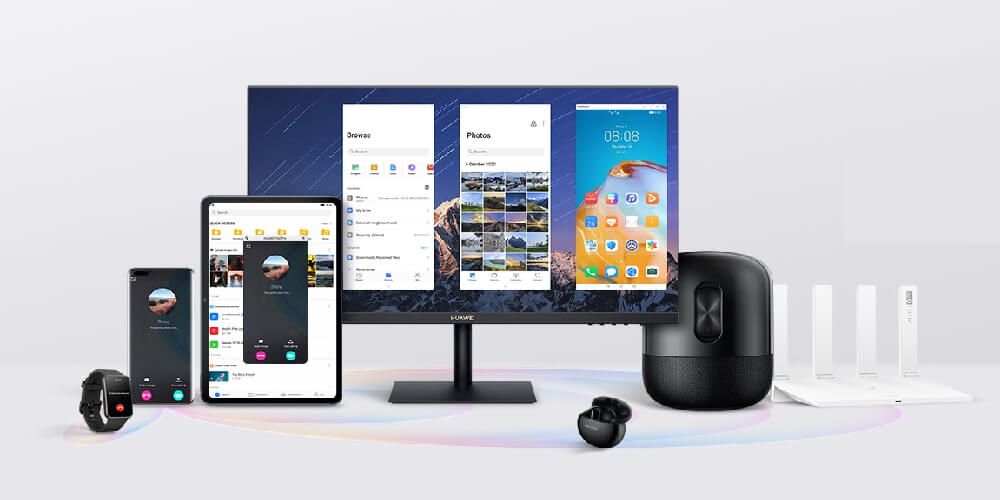
Choosing the right email marketing software for your business is an important step in the development of a digital strategy. Email marketing campaigns offer a direct way to communicate with both current and prospective customers about new offers, services, or products. Depending on the needs of your business, these email campaigns can be managed by any number of online or software solutions.
With so many different solutions out there, choosing the best email marketing software for your business' specific needs can be overwhelming. This article will explain some of the advantages of using these tools, and give you some tips on how to find the best marketing service for your business.
Emailing allows you to send a message to several people at once. Email marketing takes advantage of this concept, providing businesses with a direct way of promoting a product or service by reaching a consumer through his or her email address. Email marketing has a number of benefits for businesses, including cost, communication, analytical, and speed.
Email marketing platforms are relatively inexpensive tools that allow companies to reach prospective customers directly and provide them with contacts, services, or information. This more "personal" form of contact can help a business build relationships with its consumers, and to build confidence in what they have to offer.
Most email marketing software comes equipped with built-in segmentation capabilities that permit businesses to tailor their campaigns to different groups of consumers. Depending on the information gathered by a company, these filters can be as broad as "new subscribers," or as specific as "women, aged 18-24, who are interested in tennis."
Finally, this email software allows for efficient marketing. Campaigns can be quickly and easily created through the use of templates, and then disseminated to any consumer base with the click of a button. Despite its many benefits, email marketing campaigns are also subject to several constraints. On a technical side, emails are quite limited in terms of weight and size limits. If a campaign is too large, there is a risk that a recipient's inbox will either reject the email, or put it directly into a spam folder.
Content is another extremely important aspect of email marketing. A newsletter or update must be content-rich enough to offer relevant information, but not so much that a recipient is overwhelmed. Companies should also ensure that each campaign is well presented in a way that accurately represents their organization.
Before engaging in email marketing tactics, companies should also be well versed in the legal constraints of running an online campaign. Whether it be through an opt-in database or a direct sign-up, all recipients must agree to receive any and all online forms of communication. When this criteria is not met, companies risk losing contacts and losing their reputation. According to a study conducted by Return Path in October 2014, "48% of emails sent worldwide were read from an application on a smartphone or tablet." This evolution has several implications for businesses when it comes to design and strategy.
As the use of smartphones and tablets continues to increase, companies should take extra care to ensure that design templates utilize a responsive design that can quickly adapt to screens of various sizes. Optimize designs to create a clear path to your landing page and ensure that all content is easily accessible from all devices.
Timing is an extremely important factor in the success of an email marketing campaign. Consider your consumer's habits and lifestyle when programming your emails - a subscriber is statistically more likely to read your content during his or her commute than during peak time at the office. A software's routing platform ensures the dissemination of all messages with a pre-defined mailing list. But this is not its only functionality.
Most management tools also offer additional and services including drag and drop functions that ease the creation of newsletters or emails; the ability to import a database via dedicated files or a messaging client; an automatic update of your database depending on returns; responsive design support; the monitoring of campaign performance (including click-through rate, open rate, registration, etc.); as well as links with Google Analytics or other internal CRM tools.
Each of these solutions can be accessed online, via SaaS, or in the Cloud. Many of these are also available in software form.
Note that the term "self-service" is applied to campaigns that are managed by a company, itself. The term "full-service" refers to a campaign managed by a specialist or third-party. When it comes to the needs of your business, there is no such thing as "one-size-fits-all." Here are several factors to consider when choosing the best email marketing software.
How are contacts managed?
How do you import or edit contact lists? Does the software allow you to segment your subscribers?
How are emails designed?
Does the platform include any design templates? Is knowledge of HTML required to make changes? Does the software have drag-and-drop capabilities?
How are emails sent?
What is the deliverability rate of each email? How can you get around spam filters?
What are the analytical tools offered to me?
How will you measure the success of your email campaign? How does the system permit you to analyze the click-through rate, the open-rate, and the levels of engagement?
What is the cost of the solution?
Some solutions are based on a freemium model, and allow you to send a number of emails for free. However, be aware that the features offered with free emails are often more limited, while more robust features come at an additional cost.
When budgeting for your email software, consider the size of your consumer base as well as the frequency you'd like to contact them. In some cases, costs are based on the numbers of emails sent, while other charge a flat yearly fee. MailChimp provides marketers with a simple interface to create and manage email campaigns. The software comes in a free version that supports up to 2,000 clients and 12,000 monthly emails. The paid version costs anywhere between $15-240 depending on the size of the subscriber base.
Benchmark is often recommended for small businesses, thanks to its automative capabilities and built-in features. The platform offers over 400 design templates to help businesses create professional emails quickly and efficiently, as well as detailed analytics to help companies improve their tactics.
Exact Target is a robust online marketing tool that offers a suite of on-demand marketing applications to enable clients to send and optimize their email campaigns. Pricing quotes vary depending on needs.
Get Response is a low-cost, easy to use service that provides businesses with over 500 templates to help create their campaigns. The pricing model is based on the number of contacts in a company's directory.
Send in Blue allows businesses to send email marketing campaigns, transaction emails, as well as text messages all from one single platform. The tool also offers detailed analytics to help businesses grow their campaigns and improve their tactics. Send in Blue offers pay-as-you-go or monthly pricing models.
Image: © johavel - Shutterstockom.







